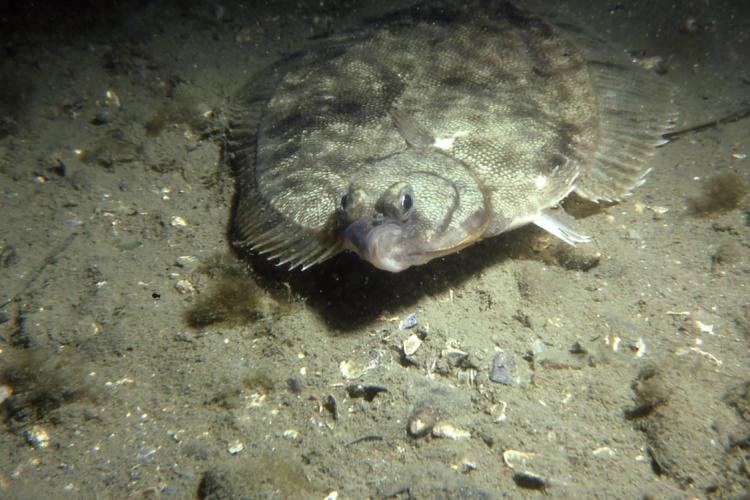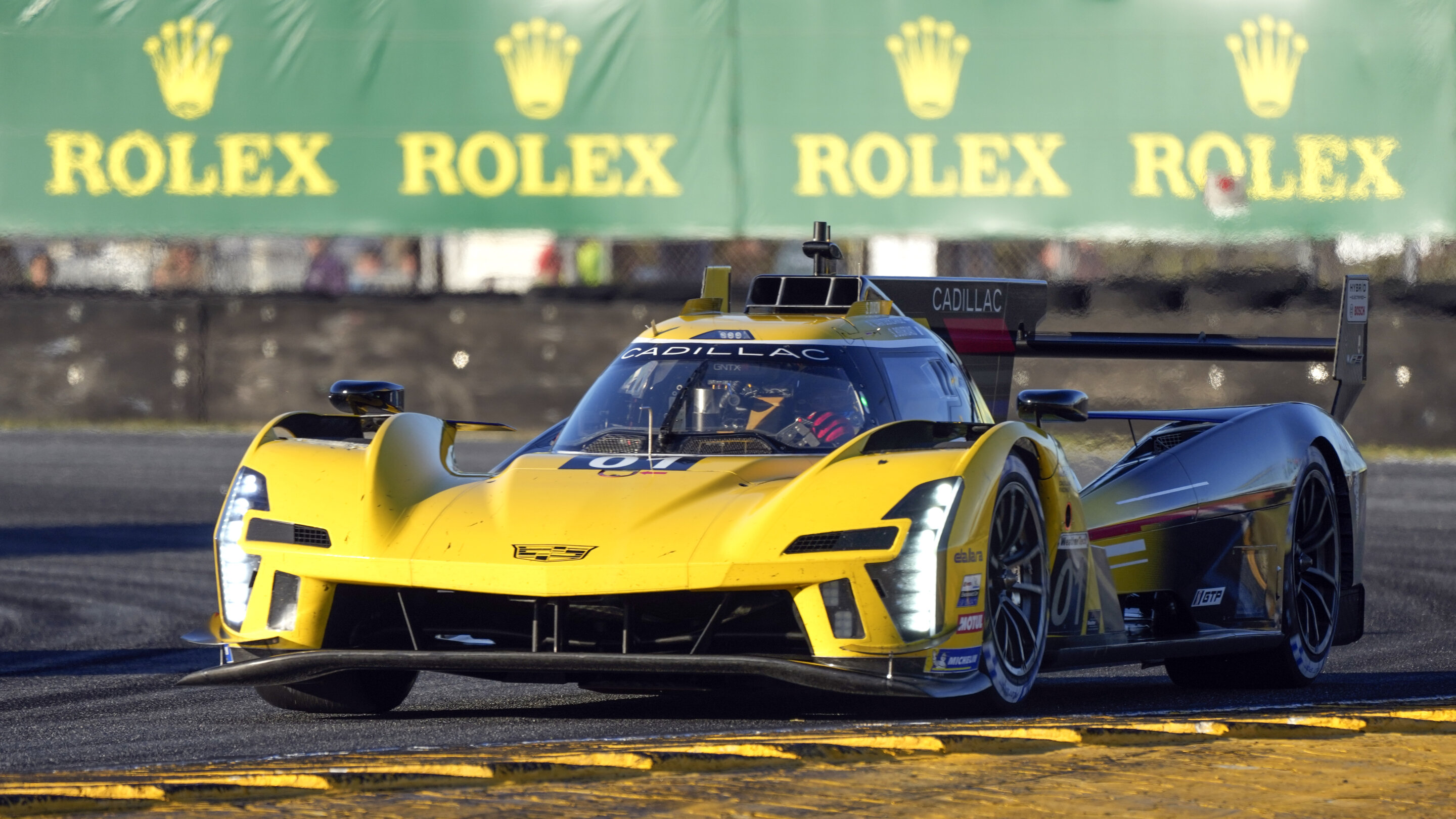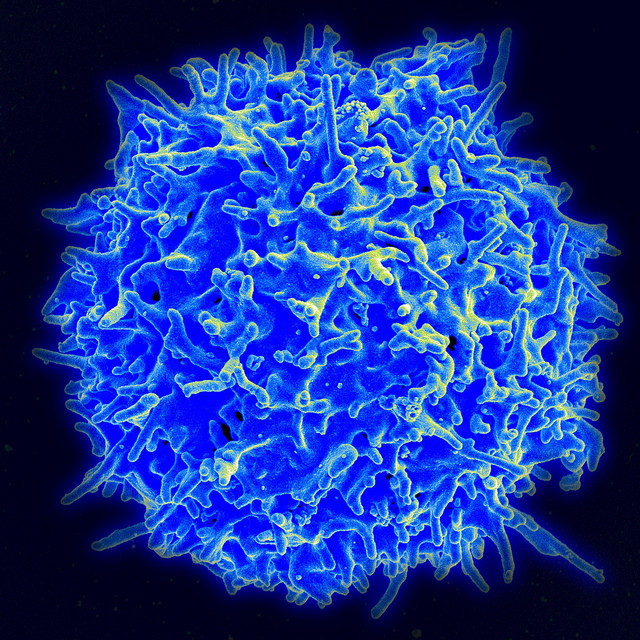#Predator-prey interaction study reveals more food does not always mean more consumption

“#Predator-prey interaction study reveals more food does not always mean more consumption”

Scientists at the NOAA Northeast Fisheries Science Center have developed an unusually rich picture of who is eating whom off the Northeastern United States. The findings, published recently in Fish and Fisheries, provide a close look at fish feeding habits for 17 fish species, predators, and their prey.
The predators are divided into 48 predator-size categories, and 14 prey species. Fish predators included Atlantic cod, Atlantic herring, haddock, goosefish, pollock, spiny dogfish, winter flounder, and yellowtail founder among others. Prey species included forage fish, squid, zooplankton, shrimp-like crustaceans, shellfish, brittle stars, sand dollars, and sea urchins.
“We have the largest, continuous dataset of fish feeding habits in the world at the Northeast Fisheries Science Center, and that enabled us to do a study of this scale and scope,” said Brian Smith, a food habits researcher at the center and lead author of the study. “We focused on common and important prey for the many predatory fishes of interest, and hopefully filled in some gaps in information relating prey availability to predation.”
Feeding patterns within and among different groups of fishes vary by the size of the fish, the abundance or density of the prey, and other factors. Researchers who study marine ecosystems need to account for this predation in their models. Few studies, however, have looked simultaneously at the feeding patterns among different groups of predatory fish—fish feeders, plankton feeders, and benthic or bottom feeders. The study also looked at how those groups interact with their prey throughout the water column.
Smith and co-author Laurel Smith tested three models using decades of fisheries data that included diet and prey density. The data were collected on the Northeast U.S. Continental Shelf during benthic surveys in the 1950s and 1960s, and during ecosystem sampling surveys beginning in 1973. For this study, the data were used to gain insight into:
- The relationship between the amount of prey available in the environment
- Consumption rates among multiple prey species
- Feeding patterns within and among different groups of fishes that eat similar items.
Among the study findings: most of the fish responded to changing abundance of prey by switching prey, or through a “learning period” when the prey in highest abundance was targeted. That response helps stabilize prey populations, and was prevalent among piscivores (fish eaters). It was often observed for predators with less-specialized feeding habits. Those predators included goosefish and larger sizes of other well-known commercial fishes.
High densities of invertebrate prey, however, revealed decreased feeding by fish that were planktivores and benthivores—plankton and bottom feeders. For these fish, more food did not translate to more consumption. Researchers found that denser prey may disorient or confuse the planktivores, reducing their feeding on zookplankton. The planktivores include Atlantic herring, Atlantic mackerel, and smaller sizes of pollock, silver hake, spiny dogfish and white hake. Their feeding response is not often considered in studies of marine ecosystems.
The benthivores studied included smaller sizes of Atlantic cod, red hake, and winter skate, and all sizes of haddock, ocean pout, and several flounders and a few other species. These fish ate small benthic invertebrates as small and medium-sized fish. Larger individuals of those same species, however, ate mostly fish and had a different predator-prey relationship.
The study findings provide insight into predation on and by commercial fishery species throughout the water column. This will help with ecosystem modeling since predation needs to be accounted for as competition, or as a direct removal of commercially and ecologically important prey species. Refining the model inputs can also increase our understanding of continental shelf ecology, and improve decision-making for ecosystem-based fisheries management.
Who is eating who? How climate change is modifying fish predator prey interactions
Brian E. Smith et al, Multispecies functional responses reveal reduced predation at high prey densities and varied responses among and within trophic groups, Fish and Fisheries (2020). DOI: 10.1111/faf.12468
Provided by
NOAA Northeast Fisheries Science Center
Citation:
Predator-prey interaction study reveals more food does not always mean more consumption (2020, September 30)
retrieved 30 September 2020
from https://phys.org/news/2020-09-predator-prey-interaction-reveals-food-consumption.html
This document is subject to copyright. Apart from any fair dealing for the purpose of private study or research, no
part may be reproduced without the written permission. The content is provided for information purposes only.
For forums sites go to Forum.BuradaBiliyorum.Com
If you want to read more Like this articles, you can visit our Science category.



